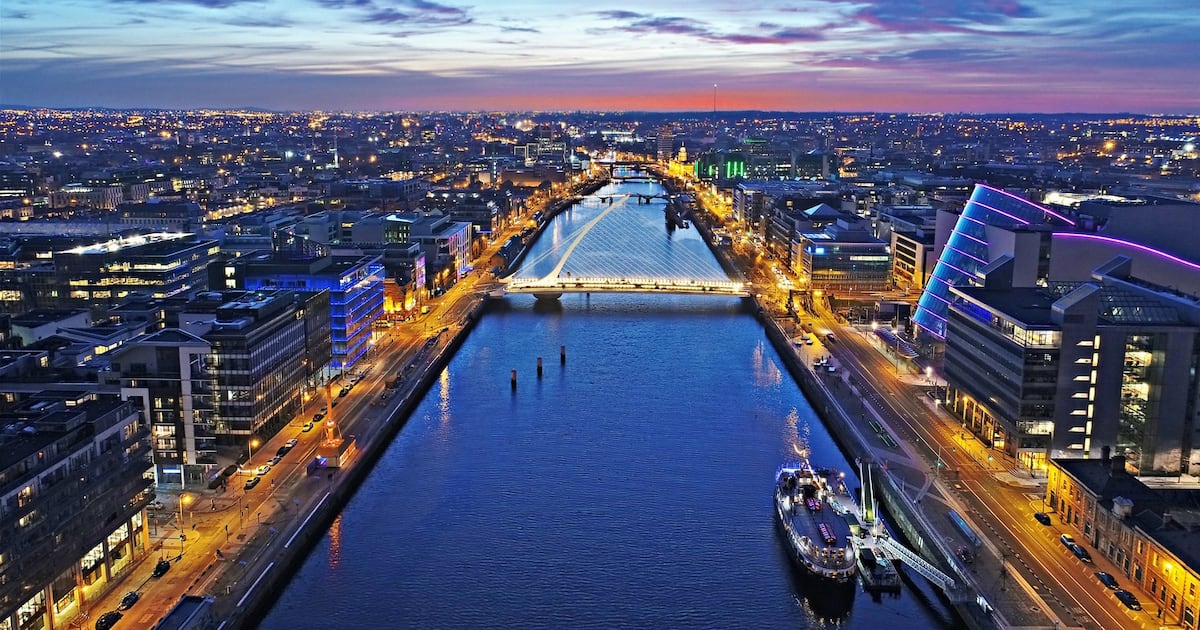Bank of Ireland has upgraded its forecast for Irish economic growth this year to almost 11 per cent, which is expected to make Ireland the fastest-growing advanced economy in the world.
The bank said the upward revision, which tallies with the Department of Finance’s own forecast, was driven mainly by “a buoyant pharmaceutical sector, resilient consumer spending and strong public investment”.
It projected the economy would expand by 10.7 per cent in GDP (gross domestic product) terms this year, up from a previous estimate of 8.1 per cent, and by 3.1 per cent in 2026.
The bulge in GDP reflects the stockpiling of pharmaceutical exports in the US in advance of tariffs in the first part of the year.
“Despite global headwinds, Ireland’s defensive export profile, particularly in pharmaceuticals and ICT, continues to shield it from volatility,” the bank’s chief economist Conall Mac Coille said.
“The recent Pfizer agreement with the White House has helped preserve tariff exemptions for Irish exports, placing Ireland in an enviable position compared to other European manufacturing-heavy economies,” he said.
Drug giant Pfizer, which has a large operation in the Republic, has agreed to lower prescription drug prices in the US in return for a reprieve on tariffs.
In its report, Bank of Ireland predicted modified domestic demand, a more accurate measure of underlying economic activity, would expand by 3.4 per cent in 2025 and by 2.6 per cent in 2026, reflecting what it described as “robust activity across both public and private sectors”.
It forecast, however, that the recent pace of job creation would slow from 2026 onwards as infrastructure bottlenecks begin to bite.
[ Trump’s bully boy tactics bringing Big Pharma to heelOpens in new window ]
“For some time the frantic pace of Irish job creation, at 3 per cent-plus rates, has been sustained by high inward migration and rising participation,” it said.
“However, bottlenecks in housing and labour shortages are being felt. Recent indicators and out-turns have been consistent with our previous view that employment growth will fall to 1.5 per cent in 2026, accompanied by a slight rise in the unemployment rate to 4.8 per cent next year,” it said.
On housing, the bank said it expected house prices to rise by about 6 per cent this year and by 3.5 per cent in 2026 “despite signs of a slowdown”.
It noted that, in light of recent housing completion numbers, the full-year total was likely to be in the region of 34,500.
“The 33,000 units completed in the year to Q3 is the highest number of units since the Celtic Tiger period. The output shows that some commentary that home building might contract in 2025 were wide of the mark,” Mr Mac Coille said.
Dublin housing supply pipeline figures show there is two to three years’ of apartment supply in the capital still under construction, he said.
[ ECB’s Lane flags US dollar risk for banks amid tariff turmoilOpens in new window ]
“Viability issues and weak planning permissions for apartments won’t hit until 2028-29,” he said.
On public finances, the bank noted that Budget 2026 set out plans to grow public expenditure by 8 per cent to €118 billion next year, “more sharply than the expected 4.4 per cent underlying rise in tax revenues”.
As a result, the Government expects its budget surplus to narrow from €10 billion in 2025 to €5 billion in 2026.
“There is clearly a risk of spending exceeding budgetary targets, as in previous years,” the report said.

